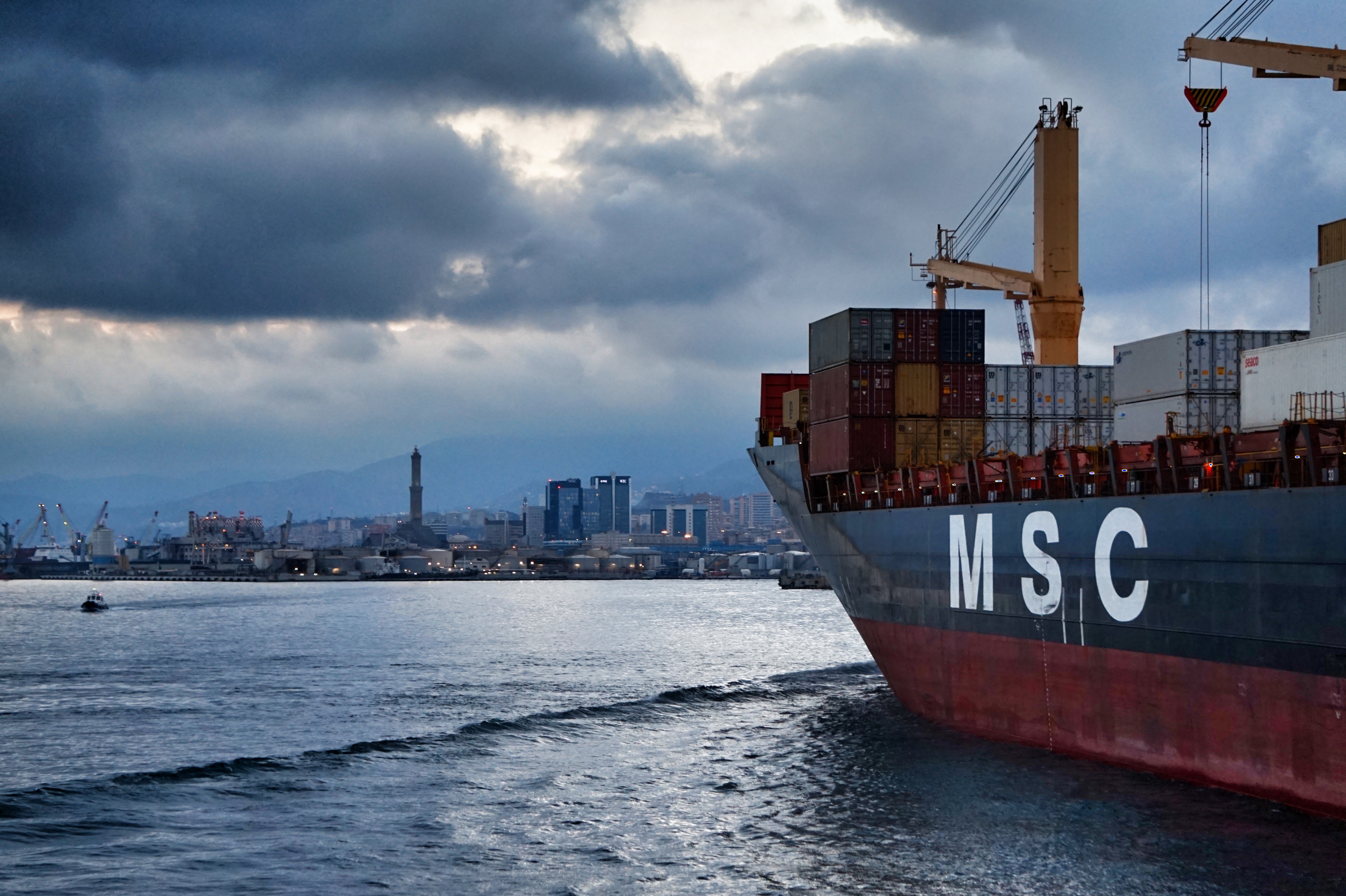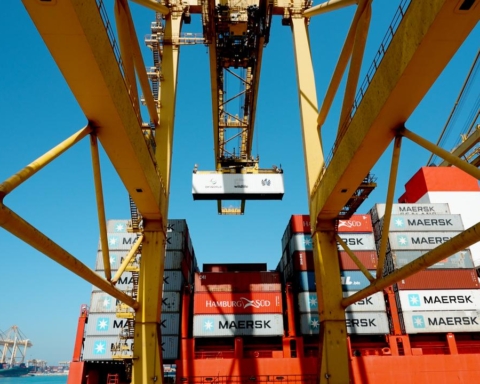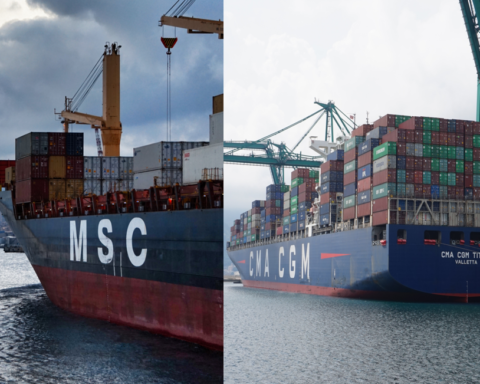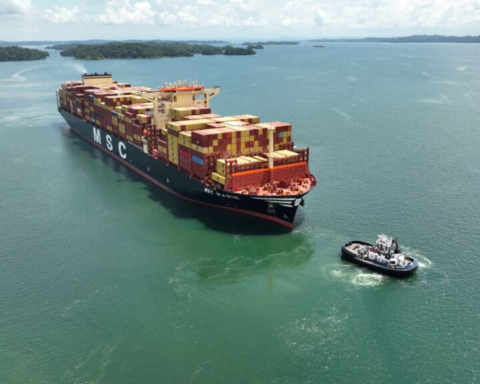Congestion problems are far from being over, yet there are new rays of hope on the horizon.
According to Sea Intelligence’s Sunday Report No. 566, from January to April, 3.3 % of the global fleet was brought back into service, reducing the total number of ships that have remained unavailable due to delays in the supply chain.
Indeed, the Danish consultancy firm points out that the unavailable fleet has fallen from 13.8% in January to a current 10.5% of the total.
Sea Int. highlights how freight rates are closely correlated to the capacity absorption rate. It claims that capacity loss is the key factor in the current crisis. It seems that capacity absorption has acted as a leading indicator of freight rate trends, since serious congestion problems began at the end of 2020.
On terminal congestion, the analyst notes how the situation has gradually improved over the year. The congestion index at North American terminals, calculated on the basis of biweekly customer advisories published by HMM, which was 80% in January, and dropped slightly over the last few months, although it continues to remain high.
n Europe, there has been a marked improvement over the past month, with the index in May falling below 50%. At port level, the best signs of improvement were in Spain, Italy and Greece, while at the other end of the scale there is not much improvement in Rotterdam and Hamburg.
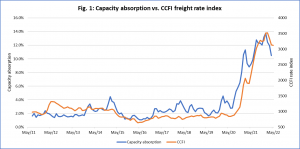
Translation by Giles Foster

